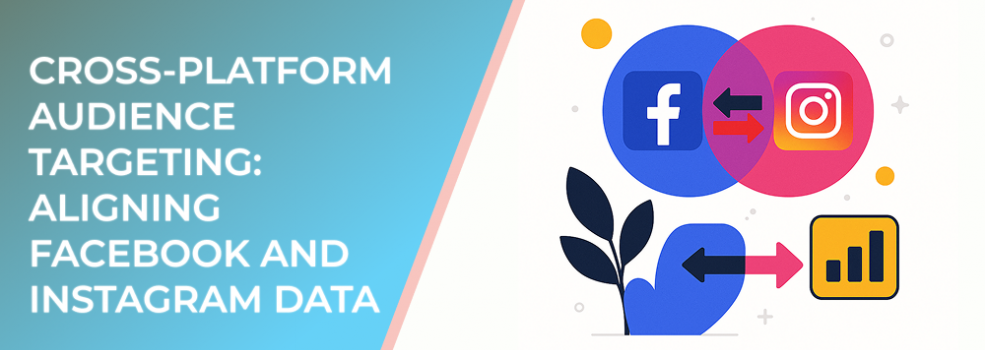Facebook and Instagram share the same ad infrastructure, but users behave differently on each platform. Facebook users engage more with long-form content and groups, while Instagram users favor short videos, stories, and visual-first posts. According to Meta, over 60% of people use both platforms monthly, but only about 33% engage with the same brand on both. That means advertisers who don’t align their data risk showing inconsistent or repetitive ads.
Cross-platform targeting ensures campaigns reach the right people with the right format — regardless of which app they prefer at the moment.
Benefits of Aligning Facebook and Instagram Data
-
Better consistency across campaigns. Audiences receive messaging tailored to each platform but with unified targeting signals.
-
Reduced ad fatigue. Instead of bombarding users with the same creative, marketers can diversify placements without losing reach.
-
Improved conversions. Studies show that campaigns run across both Facebook and Instagram generate 14% higher conversion rates compared to single-platform campaigns.
How to Align Data Effectively
1. Use Shared Custom Audiences
Upload your customer lists once and activate them across both platforms. This ensures your ads reach the same high-intent users regardless of where they spend more time.
2. Combine Engagement Signals
Leverage Facebook’s group and page engagement with Instagram’s story and reel interactions. For example, someone who follows your Facebook page and watches your Instagram reels should be in one audience, not two separate ones.
3. Optimize Frequency Caps
Cross-platform campaigns should cap impressions across both apps. This avoids overwhelming users who switch between them multiple times per day.
4. Segment by Behavior
Facebook skews slightly older, while Instagram has a younger base. Align your audiences but tweak creative to match the platform’s culture — educational content may work better on Facebook, while short product demos shine on Instagram.
Practical Example
Imagine an e-commerce brand selling fitness gear. By aligning data, they can:
-
Retarget Facebook group members who discuss workouts.
-
Show dynamic Instagram ads to the same people based on recent product views.
-
Limit frequency so users don’t see the same product ad twice in one day, just on different platforms.
This creates a smooth customer journey instead of a fragmented experience.
Related Reading from LeadEnforce
For more ways to refine your targeting and campaigns, explore these articles:
Final Thoughts
Aligning Facebook and Instagram data is no longer optional — it’s essential. With audiences moving fluidly between platforms, advertisers who unify targeting and optimize creatives for each channel will stay ahead. Cross-platform strategies not only improve efficiency but also ensure every ad dollar works harder.

